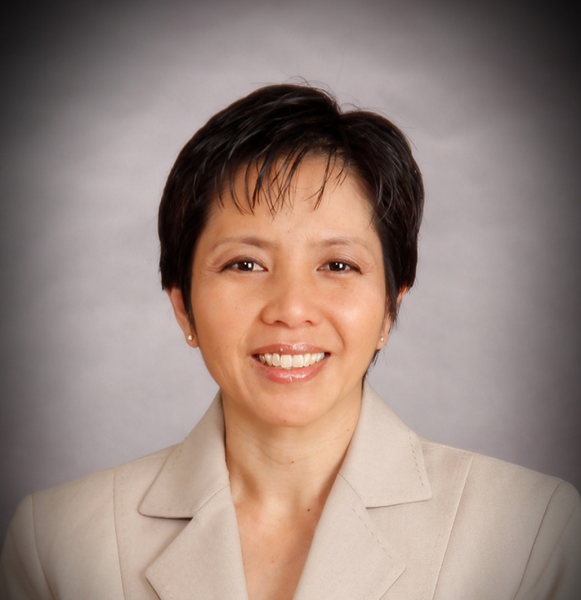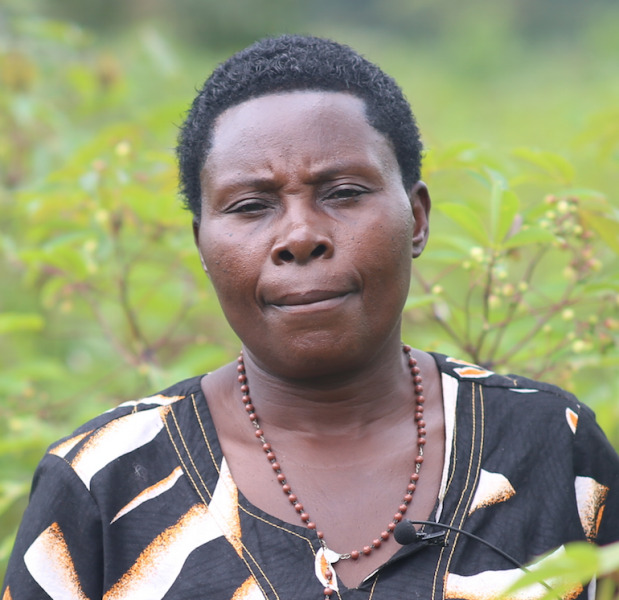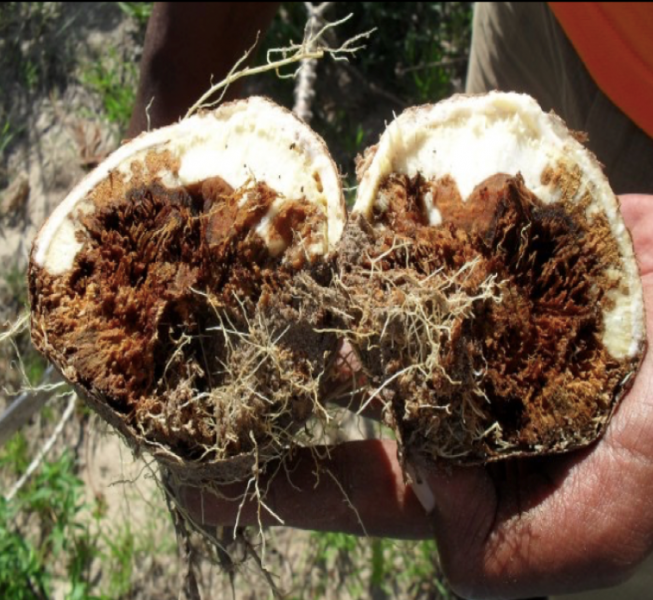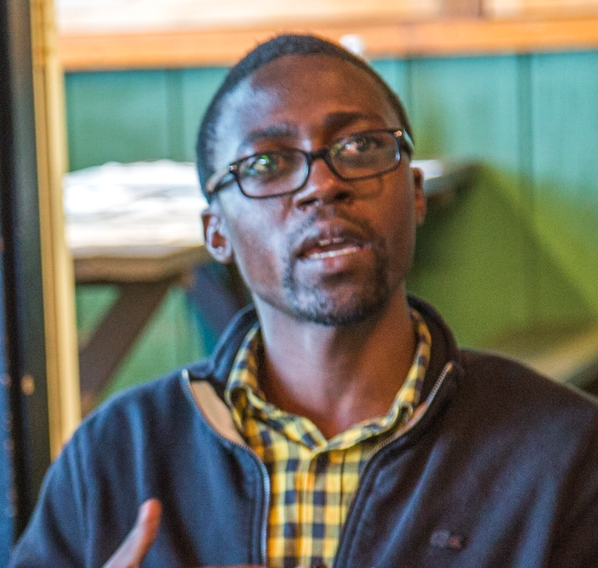
The small papaya farmers of Hawaii know that technology can save their crops and sustain their farms. Their story is a shining example of how science and public research can help keep farmers growing their crops and supporting their livelihoods. Our lesson learned in Hawaii can send a message of hope to the farmers of the world, if we support access to technology for the world s farmers.
I had a great opportunity to talk to my fellow Cornell Alliance for Science colleague, Nassib Mugwanya of Uganda. He works for the Uganda Biosciences and focuses on staple crops. Cassava is a staple crop in Uganda and threatened by diseases that can devastate entire plantations. Here s a story he told me about a farmer he spoke to.

My story is Jemimmah s story! It s a story about a crop that has fed Jemimmah s nine children, and taken them from kindergarten to University. On a rainy Friday afternoon at her farm in Wakiso district-Central Uganda, Mrs. Jemimmah told me her story as a cassava farmer.
Formally working as a civil servant at a public veterinary department unit in the district, Jemimmah s interests in agriculture were triggered by the husband s occupation of working on agricultural machinery and tractor fields. For the last 20 years, Jemimmah has grown all sorts of cassava varieties ranging from farmer saved to improved ones. Cassava has been Jemimmah s life, and her animals as well, as she feeds some of it to pigs.
Jemimmah currently contemplates abandoning cassava growing, not because it has not provided the income she needs to be sustainable. In the previous three years, she lost much of her harvests. All the tubers had been infected by brown streak virus, a disease that causes brown lesions and rot to the food part of the crop.

Jemimmah is not the only cassava farmer affected by this problem. According to the VIRCA Report of 2012, the percentage of farmers growing cassava is estimated at 75%. Over 10 million Ugandans consume cassava as main food. Cassava Brown Streak disease (CBSD) is the main cause of yield losses, prevalent in 51 out of 54 districts surveyed in 2014.
All conventional approaches to address CBSD, have not made much head way. Biotechnology currently offers the most promising solution to this disease challenge through development of genetically modified cassava. However, farmers will wait long to have this crop on their farms because of activist groups opposed to passing of a law that will allow for released of GM cassava.
I chose to promote and advocate for a technological option that will help save Jemimmah s life crop. Biotechnology can certainly offer a solution to Jemimmah, and cassava farmers across the country. I am therefore here to amplify the voice of Jemimmah, and other farmers like her, to be given a chance to have access to a technological option that can save a key food security crop. #Je Sui Jemimmah!

Nassib s story about Jemimmah has so many parallels to the Hawaii papaya farmer and there is hope only if we use science based policy making to allow access to innovation to these farmers. If we as a society of well fed people continue to fuel fear based agendas of activists, it won t hurt us the most but it hurts those who are worlds away. The anti-GMO movement has costs and it will take away tools that may benefit the small farmer the most. Let s lead the world with evidence based policies rather than emotion filled demands so that farmers can be sustainable for the future. The farmers of the world deserve that.
